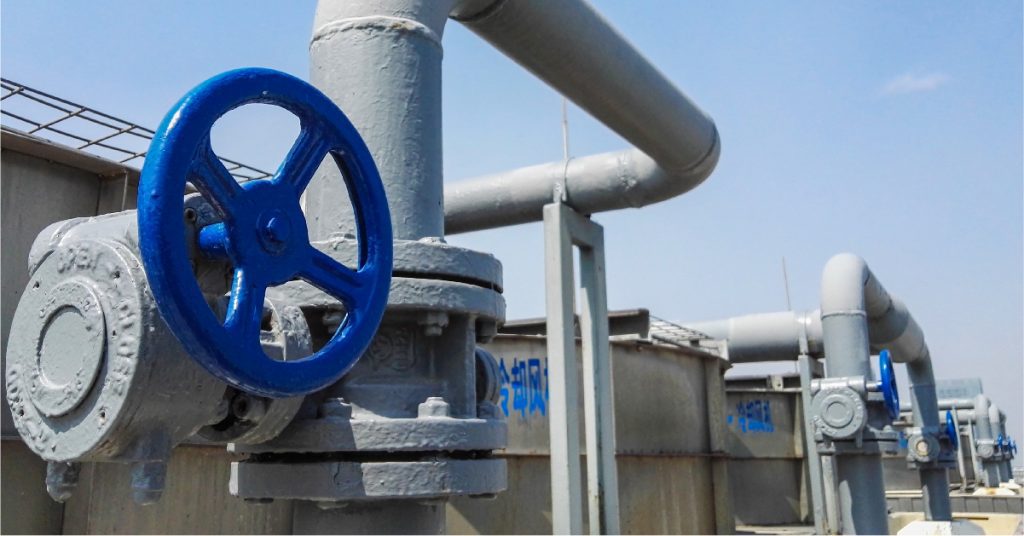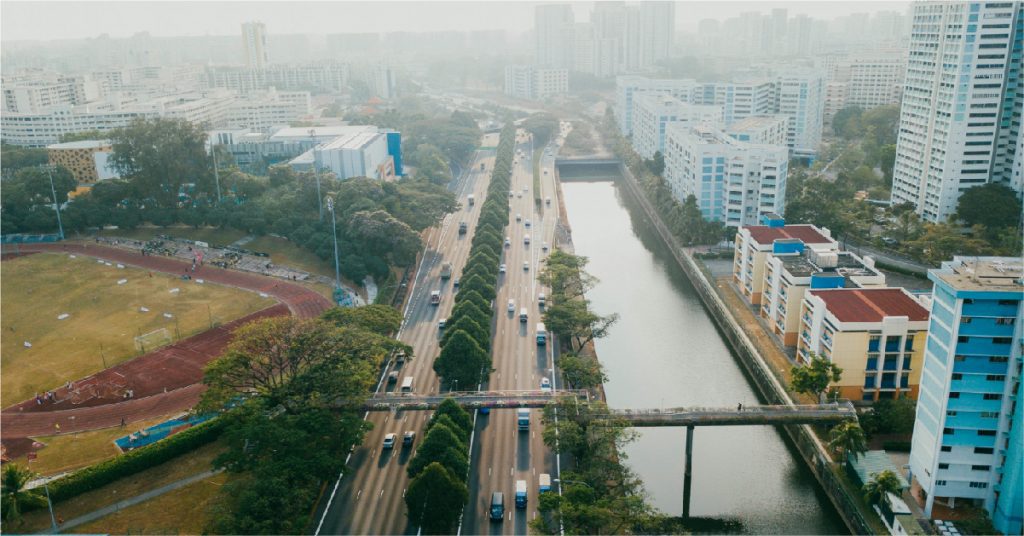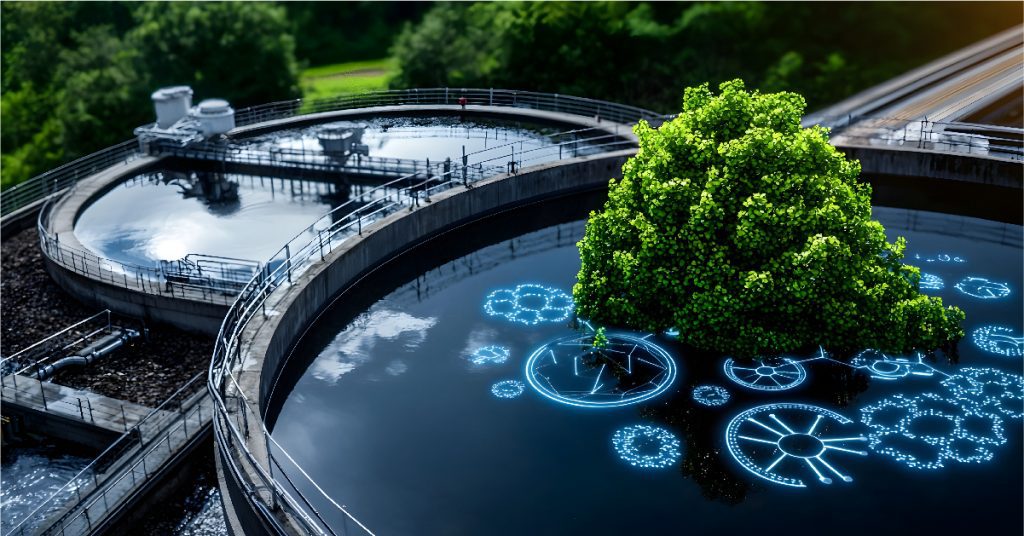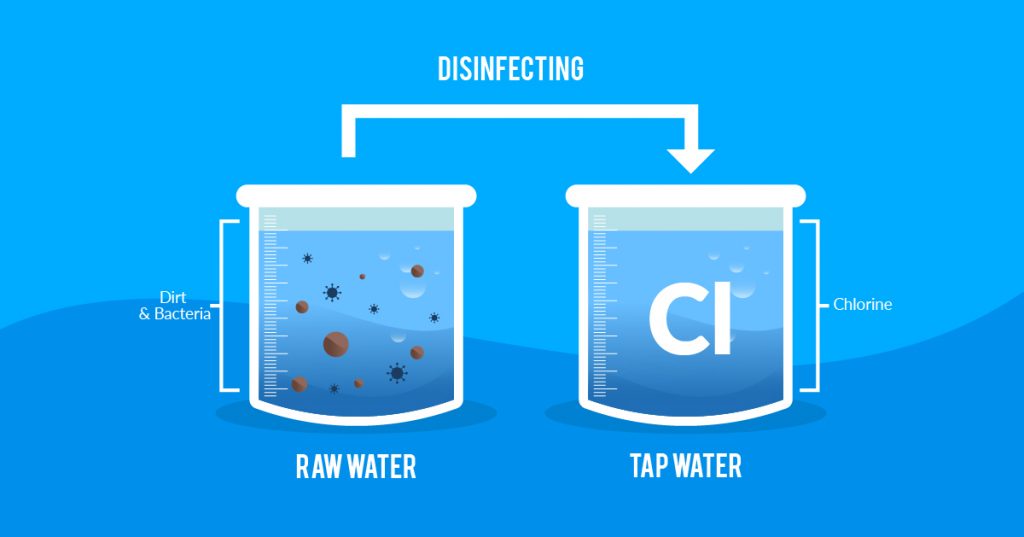Water is a critical resource that supports communities, industries, agriculture, and ecosystems. In the United States, the delivery of clean, safe drinking water depends on an extensive and well-maintained network of pipelines. As infrastructure ages and demand rises, the need for efficient, sustainable, and high-quality water pipeline construction becomes increasingly important. Whether it’s laying new lines for expanding cities or replacing outdated systems, following best practices in water pipe construction ensures long-term reliability, safety, and compliance with federal standards.
This guide provides an overview of how water pipeline projects are executed in the U.S., including key planning steps, construction methods, materials, and best practices.
Understanding Water Pipeline Systems
A water pipeline system is a network of interconnected pipes that transport treated water from reservoirs or treatment plants to residential, commercial, and industrial users. These pipelines are typically installed underground and can span from a few meters in neighborhood developments to hundreds of miles across counties.
The integrity and performance of a water pipe construction project depend heavily on factors like material choice, installation technique, environmental considerations, and regulatory compliance.
Key Phases of Water Pipeline Construction
- Planning and Design
Before any physical work begins, detailed planning is essential. This includes:
- Assessing current and future water demand
- Conducting site surveys and soil investigations
- Designing route alignments with minimal disruption
- Considering hydraulic performance, pressure zones, and flow capacity
- Permits and Approvals
Water pipeline construction in the U.S. must comply with federal, state, and local regulations. Agencies like the EPA, the Army Corps of Engineers, and local water authorities often require:- Environmental impact assessments
- Permits for crossing wetlands, highways, and private properties
- Compliance with Clean Water Act and Safe Drinking Water Act provisions
- Material Selection
Common materials used in water pipe construction include:
- Ductile Iron Pipe (DIP)
- Polyvinyl Chloride (PVC)
- High-Density Polyethylene (HDPE)
- Steel
Each material offers distinct advantages in terms of corrosion resistance, pressure capacity, and flexibility.
- Trenching and Excavation
Construction crews excavate trenches along the planned pipeline route, ensuring proper depth and slope. Best practices include:
- Maintaining trench stability and worker safety
- Protecting adjacent utilities
- Controlling stormwater and runoff
- Pipe Laying and Joining
Pipes are laid in the trench following alignment markers. Proper joining techniques—like welding, mechanical joints, or push-fit systems—are used to ensure leak-proof connections. Bedding and backfill materials are chosen based on soil conditions to prevent shifting or damage.
- Pressure Testing and Disinfection
After installation, the entire water pipeline is pressure-tested to detect leaks and confirm structural integrity. The system is then disinfected (typically with chlorine), flushed, and sampled for water quality testing before being connected to the public network.
- Restoration and Documentation
Once construction is complete, the site is restored to its original condition. As-built drawings and inspection records are submitted for future maintenance and compliance audits.
Best Practices in Water Pipe Construction
- Use of Trenchless Technology
Methods like horizontal directional drilling (HDD) and pipe bursting reduce surface disruption, traffic delays, and restoration costs, especially in urban areas. - Sustainable Material Choices
Select environmentally friendly, long-lasting materials that minimize leaks and require fewer replacements over time. - Leak Detection Systems
Integrate smart sensors and monitoring technology during construction to enable real-time detection of leaks and pressure changes. - Worker Safety Protocols
Ensure strict adherence to OSHA regulations for excavation safety, confined space entry, and equipment handling. - Stakeholder Communication
Notify residents, businesses, and emergency services of construction schedules to minimize inconvenience and ensure public support. - Regular Inspections and Quality Control
Conduct third-party inspections at every stage—design, material delivery, trenching, installation, and testing—to maintain high-quality standards.
Challenges in Water Pipeline Construction
- Aging Infrastructure: Many U.S. cities have pipelines over 50 years old. Replacement is urgent but often constrained by budget and urban density.
- Climate Resilience: New pipelines must be designed to withstand temperature extremes, floods, and seismic activity.
- Rising Construction Costs: Material costs, labor shortages, and supply chain delays have increased the financial burden of new water infrastructure projects.
Addressing these challenges requires smart planning, sustainable technology, and collaboration between the public and private sectors.
Ion Exchange Pipeline Infrastructure Projects: Engineered Networks for Seamless Water Conveyance
Ion Exchange executes complex pipeline infrastructure projects designed to transport water, wastewater, and effluents efficiently across varied terrains and topographies. With expertise in surveying, route optimization, hydraulic design, and material selection, the company delivers high-performance transmission and distribution networks tailored to specific project needs. Ion Exchange’s capabilities cover the laying of DI, MS, HDPE, and PVC pipelines, including associated civil works, thrust blocks, valve chambers, and air-release systems. The integration of advanced trenchless technologies, flow monitoring, and pressure management ensures reduced non-revenue water (NRW), improved asset longevity, and minimal environmental disruption. These turnkey pipeline solutions are critical enablers of citywide water supply schemes, industrial utilities, and interlinking of decentralized treatment systems.
Conclusion
Water pipeline construction is more than just laying pipes—it’s about ensuring public health, environmental protection, and long-term water security. By following modern water pipe construction best practices, cities and contractors in the U.S. can build resilient systems that meet growing demand while minimizing disruptions and future maintenance.
Understanding how a water supply system functions—and implementing efficient construction methods—lays the foundation for sustainable urban development. As smart cities and green infrastructure gain traction, the future of water pipeline construction lies in innovation, safety, and sustainability.





